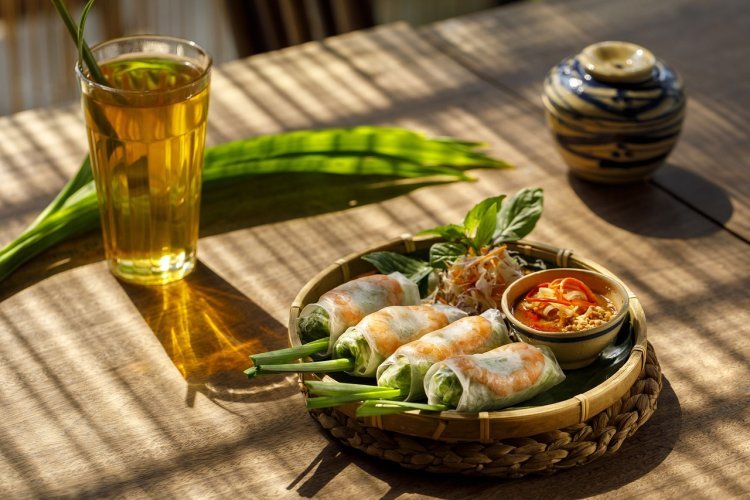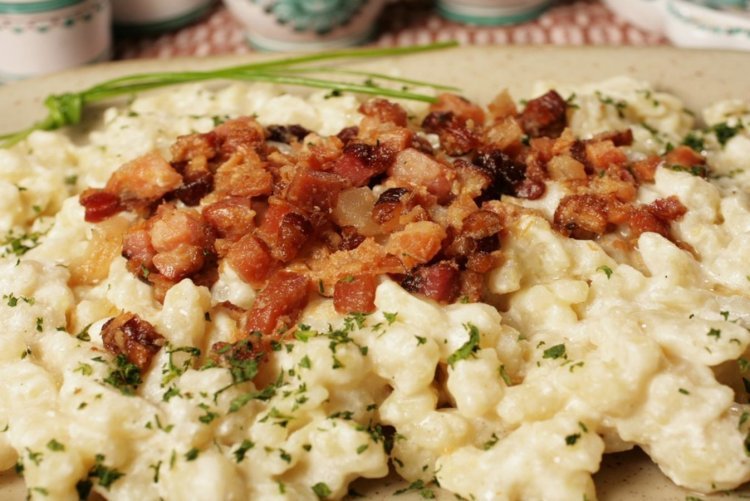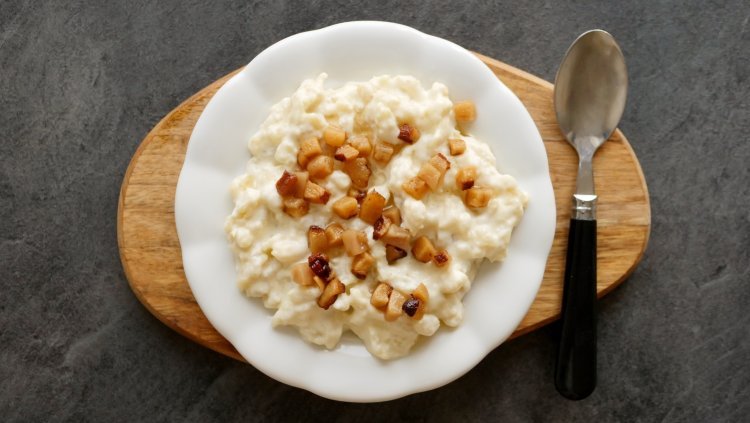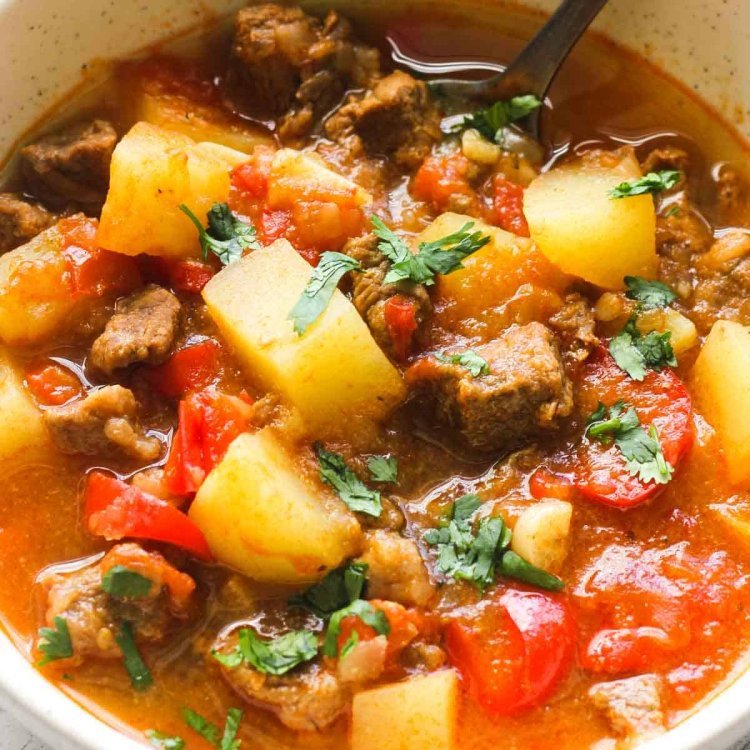The Food You Must Try When Visiting Slovakia

Slovak cuisine is strong on powerful flavors combined with extreme comfort. Arguably some of the best will be potato dumplings, goulash, sauerkraut soup, and sheep cheese.
A Guide to Slovak Cuisine
Slovak cuisine combines local and seasonal ingredients with traditional Hungarian, Austrian, and Czech influences. Some of the dishes that will please are rich vegetable-based soups, flavorful stews of meat, and dishfuls of dumplings reflecting Slovakia's farming mindset. From the tang of sauerkraut in kapustnica to the earthiness of wild mushrooms, Slovakian fare seems to create a culinary identity for the country's varied landscapes and intricate past.

Bryndzové Halušky: Slovakia's National Dish
After a windy bike ride along the Danube or a hike in the dense forests of High Tatra, nothing gives one a new fill of energy like bryndzové halušky. This typical Slovak meal is a delight for the taste buds, with its chewy potato dumplings and creamy cheese under crispy bacon. The truly special soft sheep cheese, bryndza, constituting the core of this dish, might be rolled out on bread or used in various spreads. Pair it with a cold beer or a shot of Slivovica, the local plum brandy.
Where to Try It: The bryndzové halušky at the Slovak Pub in Bratislava shall be notwithstanding. This oldest and largest restaurant in the capital serves this home-made delicacy with fresh ingredients, sourced from its organic farm. What is more, the pub brews its own beer – the perfect complement to this real Slovak dish.

Slovak Goulash in Komárno
Such Hungarian influences were carried over in Slovakia, as it has been a part of the Kingdom of Hungary until 1918. One might find menus everywhere in this country with Hungarian-reminiscent offerings: paprika, not to mention dishes like goulash and lecsó.
Like the Hungarian version, which is made with beef, onions, and garlic, Slovak goulash is made with potatoes, carrots, and other root vegetables, typically served in a meal with knedle, or bread dumpling. Some chefs add grated apple for extra flavor and texture. If the Hungarian dish uses plentiful paprika to add a rich flavor, Slovakian goulash is complemented with a mixture of caraway seeds, marjoram, and other spices. A glass of local wine, Tokajská Aszú, with its acidity and sweetness, cuts through the richness of the goulash.
Where to try it: Dig into a full plate at Klapka Restaurant in Komárno's historic Zichy Palace. If wild boar and deer goulash is in season, grab a table at Hubert Varga, set in the historic center, just 500m from the Danube and the nearby nudist thermal spa.

Kapustnica: Hearty Sauerkraut Soup
In the northern parts of Slovakia, where the landscape is mountainous, a cuisine has evolved that focuses on robustly warming foods—ideal for cold climates. One winter specialty is kapustnica, or sauerkraut soup. This hearty dish tastes of sour sauerkraut with the addition of a combination of meats, such as pork and sausage, while some have smoked ham or bacon for added depth of flavor. The broth is thick and full of flavor with onions, garlic, and paprika. Dried mushrooms stake their claim on real estate occupied by earthiness, while potatoes contribute a comforting, starchy note. Bay leaves, black pepper, and caraway seeds add depth to the warm aromatic profile, and kapustnica is deeply satisfying—often tasting even better the day after, as the flavors really meld into the thickened base.
Where to Try It: Drop into Koliba Tatry in Nova Lesna for a regular menu of local dishes, and needless to say, kapustnica. Sauerkraut soup at Koliba Patria in Štrbské Pleso represents another must-try with its authentic flavors, which occur together with the impression of quality ingredients.
Fermented Foods: A Culinary Tradition
Pickling and fermenting, sauerkraut most of all, belong to the important attributes of Slovak cuisine. This has deep-rooted origins since people learned how to preserve food and limit their losses centuries ago. Today, the tradition is once again gaining popularity due to the health benefits brought about by fermented food and the great load of taste that the technique infuses into products.
In Slovak culinary history, tastes in foods that are preserved or fermented develop into really special and complex flavors one would not get with fresh ingredients. These tastes are constituent factors in dishes like kyslá polievka, a sour soup prepared either from fermented wheat or barley. Now, with the return of contemporary chefs to these seemingly ages-lost practices, Slovak cuisine is experiencing a new wave of fermentation creativity within modern cooking.
Where to Try It: At ECK Restaurant in Devín, pickled autumn pears accompany white chocolate mousse infused with milk, juniper berries, and walnuts – an ingenious mix of heritage and innovation. To accompany the seven-course tasting menu, choose a subtly sparkling, delicately acidic fermented black-tea drink macerated with fruits and herbs.
Vegetarian and vegan restaurants can be found increasingly, mainly in the bigger cities of Bratislava and Košice. However, most traditional restaurants will have vegetarian and vegan options nowadays. Slovak cuisine used to be full of meat and dairy products, so with some creativity, it would let one be a vegetarian or vegan and enjoy it a bit.
This would mean bryndzové halušky without bacon or sausage, with vegan cheese instead of bryndza, and vegetable oil or vegan spreads instead of lard or butter that comes with lokše, the potato flatbreads. It's a perfect match for more traditional—and traditionally vegan—šalát z červenej repy, or beetroot salad, and uhorkový šalát, or cucumber salad.
